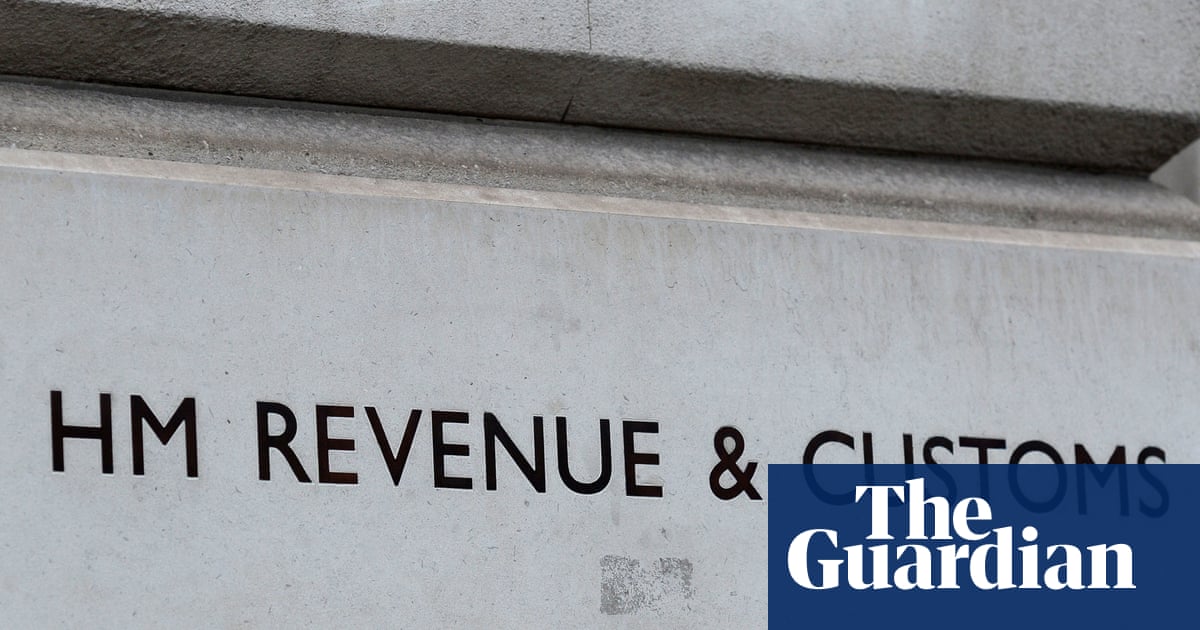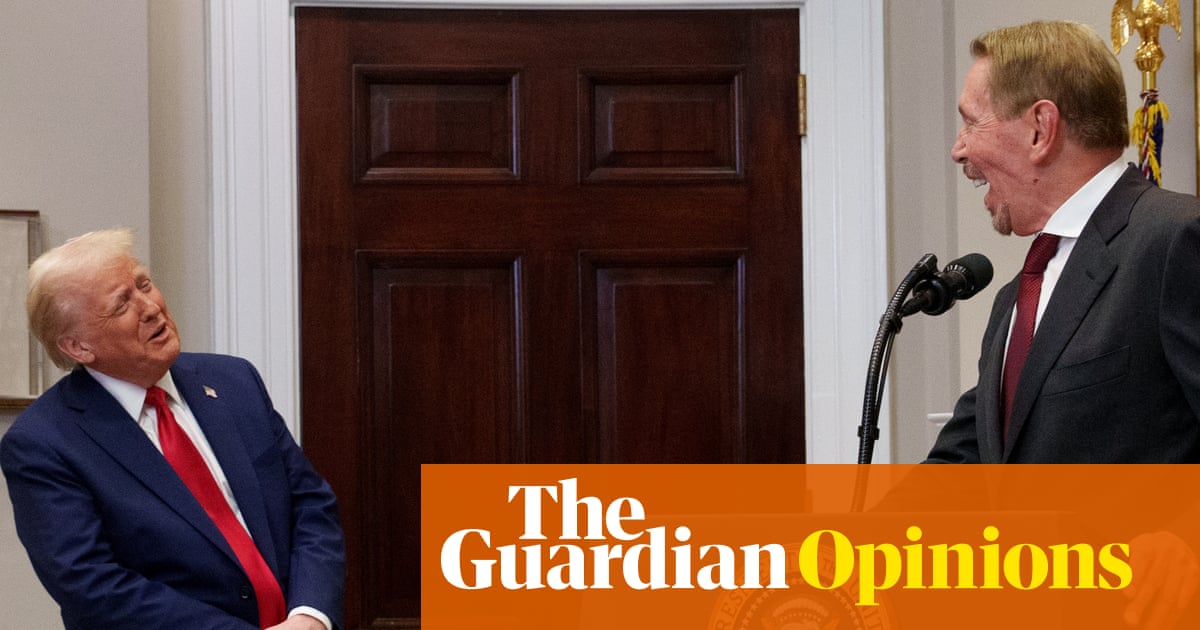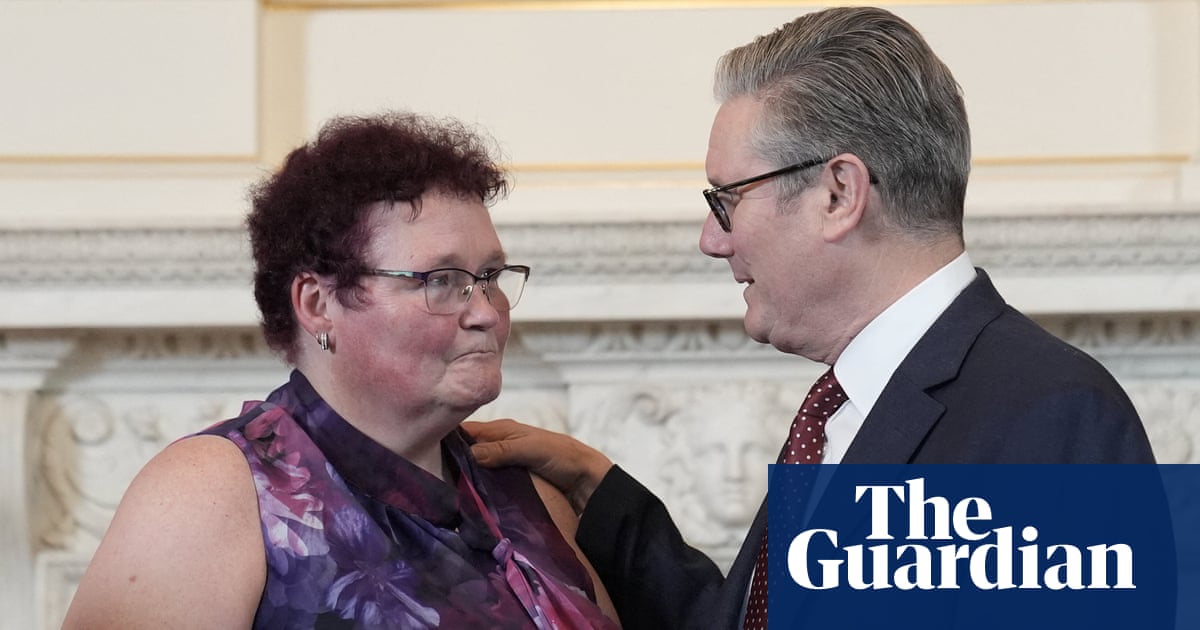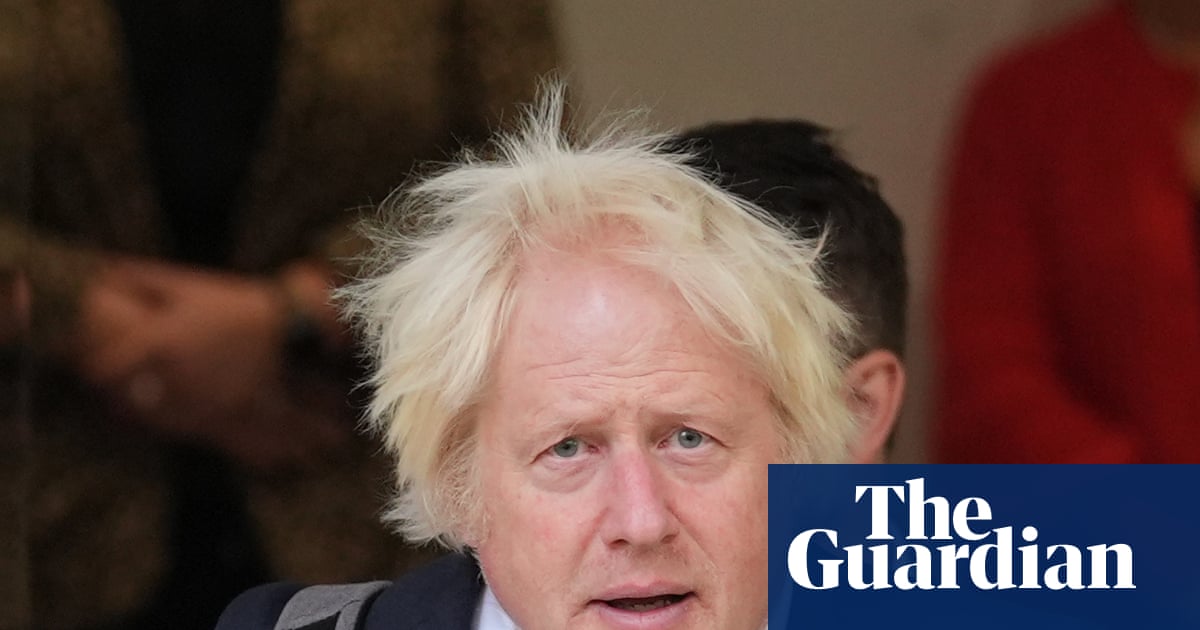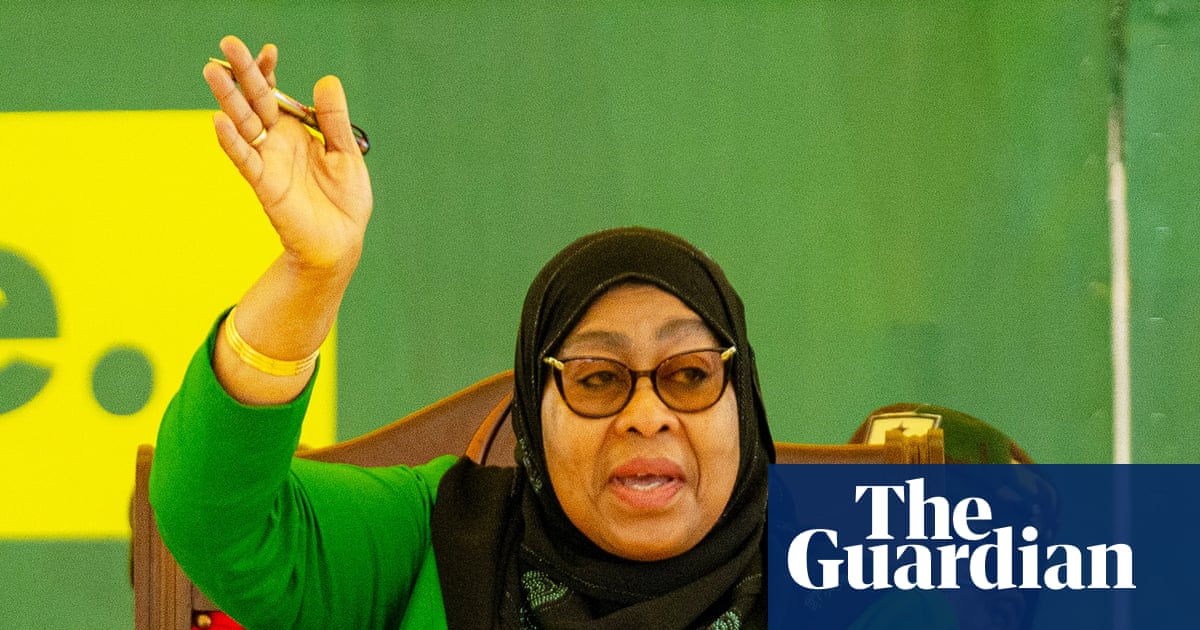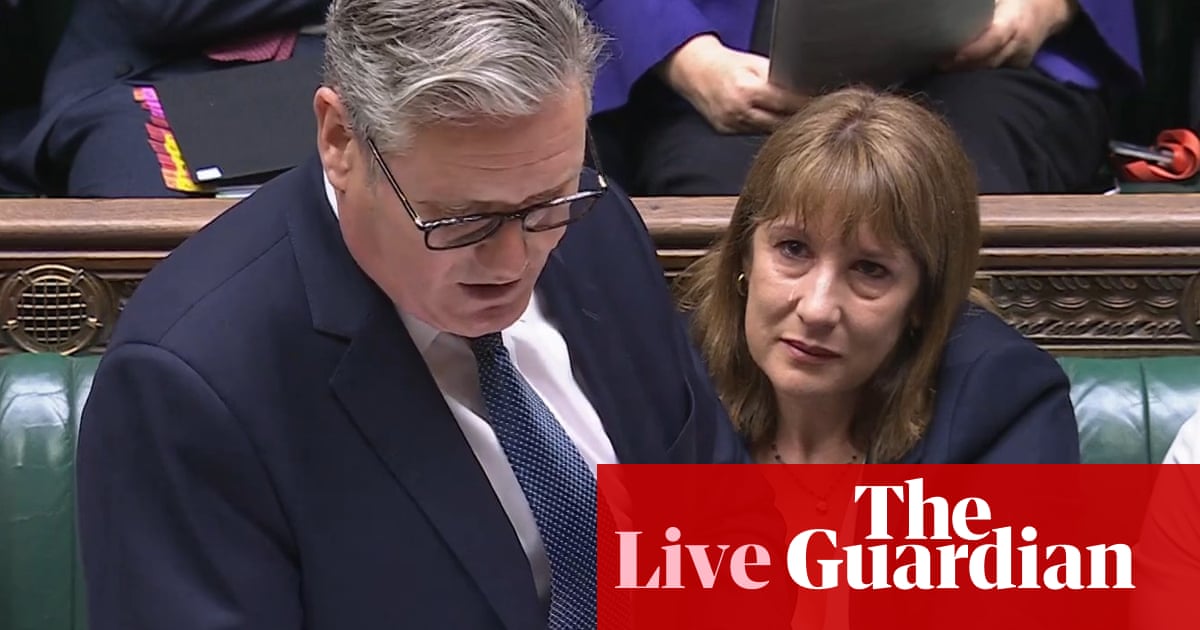Ahead of Thursday’s long-awaited first meeting between Donald Trump and Xi Jinping since the US president’s return to office, officials from both sides have been hammering out the contours of what a trade deal between Washington and Beijing might look like, an agreement that could bring an end to months of global economic chaos caused by the US-China trade war.
The two leaders have not met in person since 2019. Since then, the war in Ukraine and increasing concern in Washington about China’s technological advances, as well as longstanding issues about the imbalanced US-China trade relationship, have strained the bonds between the two superpowers.
Thursday’s meeting, on the sidelines of the Asia Pacific Economic Cooperation summit in Seoul, is a chance to reset the relationship.
On Wednesday, Trump struck an upbeat tone when speaking to reporters on Air Force One, saying: “I think we’re going to have a great meeting with President Xi of China, and a lot of problems are going to be solved.”
The US president also noted that the sensitive topic of Taiwan may not be discussed. “I don’t know that we’ll even speak about Taiwan. I’m not sure. He may want to ask about it. There’s not that much to ask about. Taiwan is Taiwan,” Trump said.
Beijing claims Taiwan is a province of China, and runs a multifaceted campaign to pressure its government into accepting what it terms “reunification”. On Wednesday government officials repeated warnings that it would “never” rule out using military force to annex Taiwan if need. A series of state media editorials this week further outlined its plans for Chinese governance of Taiwan.
The US is Taiwan’s most important supporter in resisting Beijing’s threats, but Trump’s inconsistent stance on that support has prompted other members of his administration to offer reassurance that the US will not abandon it.
High on the Xi-Trump meeting agenda will be rare earths. China’s chokehold on the supply of the critical minerals – which are vital for US industries from car making to military equipment – has been a powerful bargaining chip for Beijing.
China controls about 70% of the world’s rare earths mining and more than 90% of its processing capacity. This month, Beijing increased its restrictions on the export of rare earths and related technologies, citing national security concerns. Analysts noted that it came soon after the US expanded restrictions on the export of advanced semiconductor technology to China.
In preliminary talks held in Kuala Lumpur over the weekend, Beijing appeared to agree to defer for a year over the new export controls, likely in exchange for Washington freezing the new chip export controls.
Such a quid pro quo agreement would be a win for both the Chinese and US economy – although hawks in Washington will complain that loosening the chip export controls, which are designed to cut off China from advanced AI research, could damage the US’s long term security.
Still, Trump appears to be hedging his bets on rare earths, as the past few months have revealed the US’s reliance on China for these critical commodities.
On Tuesday, Trump and the new Japanese prime minister, Sanae Takaichi, signed an agreement to secure the mining and processing of rare earths and other minerals. The two countries would consider a mutually complementary critical minerals stockpiling arrangement, the White House said in a statement.
Japan is one of the only major economies that has actively worked to reduce its reliance on China for rare earths, a model that many in the US want to follow. In 2010, a clash between Chinese and Japanese boats in the East China Sea led to fears that China would block the export of rare earths to Japan, sending its industry, particularly car manufacturing, into a panic. In the years since Japan has reduced its rare earths dependence on China from 90% to 60%.
China is also seeking to reduce its reliance on the US. On Tuesday China signed an upgrade to its free trade agreement with the Asean bloc of Southeast Asian countries, which collectively are China’s largest trading partner. Bilateral trade between China and Asean totalled $771bn (£580bn) last year, compared to $659bn (£496bn) in US-China trade.
Hanging over the talks is the threat of a global trade war, which in April saw tariff levels either threatened or imposed by both sides. These reached levels that would have in effect amounted to a trade embargo between the world’s two biggest economies. In recent weeks, Trump has threatened to impose tariffs of 100% on Chinese goods, starting in November, in response to the rare earth restrictions. But now it looks like those tariffs will be averted.
That still leaves the question of what will happen to the high tariffs that Beijing and Washington imposed on each other at the start of the trade war, which are now paused until a 10 November deadline to reach a deal.
As of 25 September, the average Chinese tariff on US exports was 32.6%, while the average US tariff on Chinese exports was 57.6%, according to the Peterson Institute for International Economics. In April, tariffs on both sides surpassed 130%.
“Both leaders see themselves and their countries as being in a very strong position,” said Bonnie Glaser, managing director of the Indo-Pacific programme at the US-based German Marshall Fund. Still, she added: “Both want to avoid a return to the very high tariffs that they threatened each other with earlier this year.”
On Monday, China’s foreign minister, Wang Yi, spoke to the US secretary of state, Marco Rubio, on the phone. Wang acknowledged “setbacks” in the US-China trade relationship and called on both sides to uphold “the spirit of equality, respect and mutual benefit” in this week’s talks.
Trump and Xi will also probably discuss control on fentanyl and finalise the TikTok deal that was agreed in Madrid.
But apart from the specifics of any agreements, the biggest progress at this week’s summit will be to underline the potential for constructive talks between the world’s two most powerful men. Trump has defied hawks in Washington to strike a relatively conciliatory tone with Xi. And Xi is “confident in his ability to manage Trump at this particular juncture”, Glaser said.
Both sides have an interest in cooling down the trade war. Feng Chucheng, partner at Hutong Research, an independent advisory firm based in Beijing and Shanghai, said: “There’s a growing revelation in the US that ‘mutually dependent coexistence may be beneficial’. In [that] sense that US paradigm on China is gradually shifting.”

.png) 2 hours ago
4
2 hours ago
4

